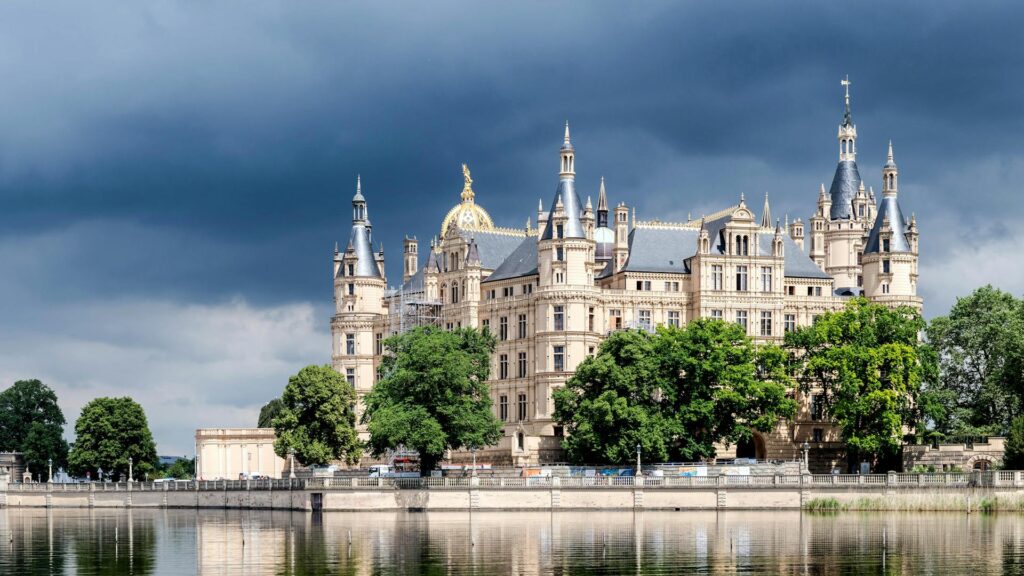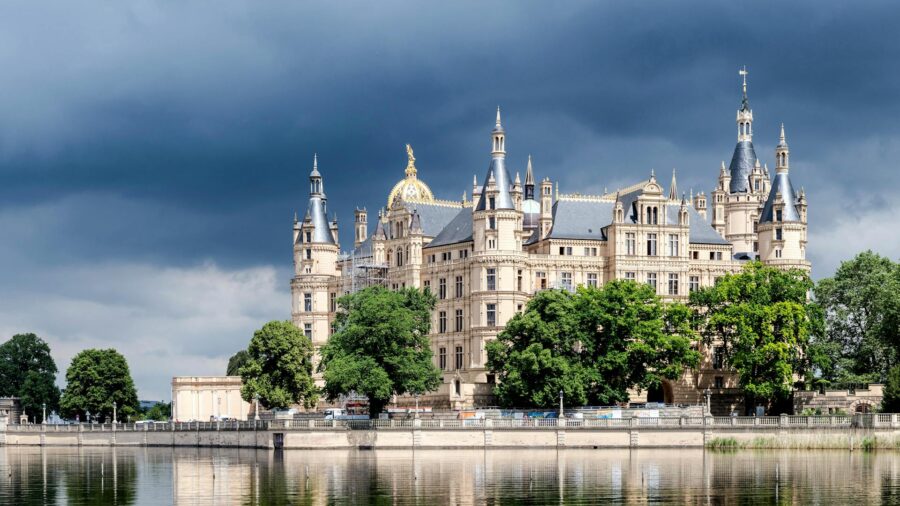 Early Motte-and-Bailey Castles
Early Motte-and-Bailey Castles
Feudal castles in medieval Europe evolved from simple motte-and-bailey structures to sophisticated stone fortresses. The earliest castles, built in the 10th and 11th centuries, featured a wooden keep on a raised earth mound (motte) surrounded by an enclosed courtyard (bailey). These early designs provided basic defense and were relatively quick to construct, serving as both military outposts and administrative centers.
Transition to Stone Castles
By the 12th century, advancements in military technology and the need for more durable defenses led to the construction of stone castles. These fortifications featured thick walls, high towers, and stone keeps that provided greater protection against siege tactics. The development of concentric castles, with multiple layers of walls, enhanced their defensive capabilities and marked a significant evolution in castle design.
Architectural Innovations
Medieval castles incorporated various architectural innovations, such as arrow slits, drawbridges, and portcullises, to enhance their defensive features. The introduction of the machicolation, a projecting parapet with openings for dropping stones or boiling oil on attackers, further improved castle defenses. These innovations reflected the ongoing adaptation of castle architecture to meet the challenges of medieval warfare.
Conclusion
The evolution of feudal castles in medieval Europe illustrates the dynamic nature of medieval military architecture. From simple motte-and-bailey structures to formidable stone fortresses, castles played a crucial role in the defense and administration of feudal territories, leaving a lasting legacy on the medieval landscape.
